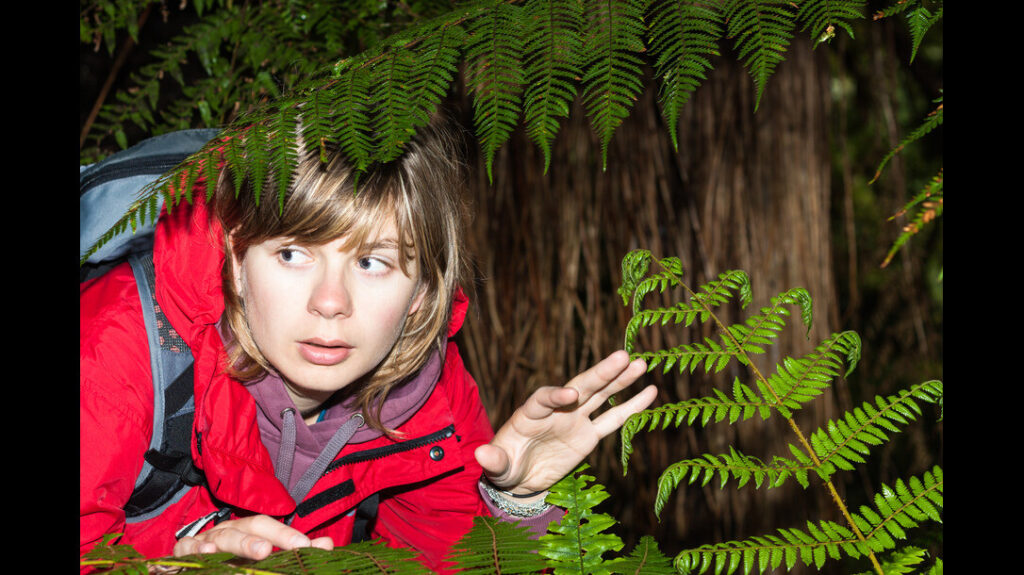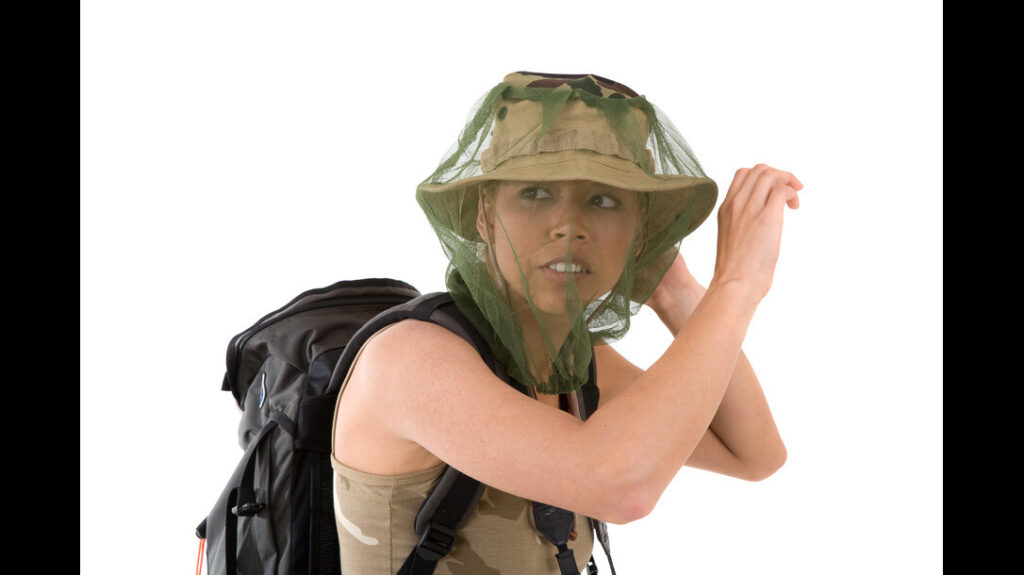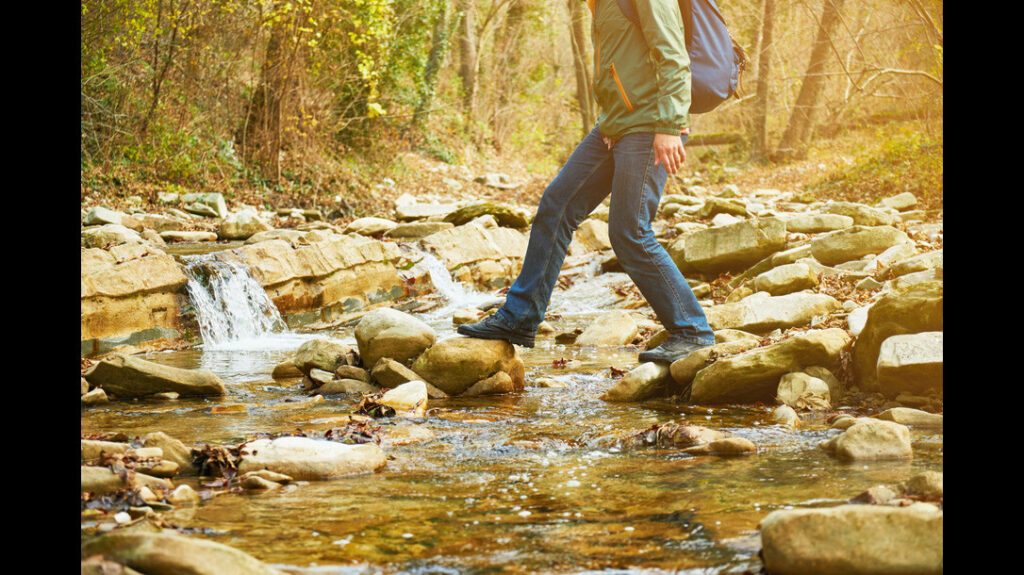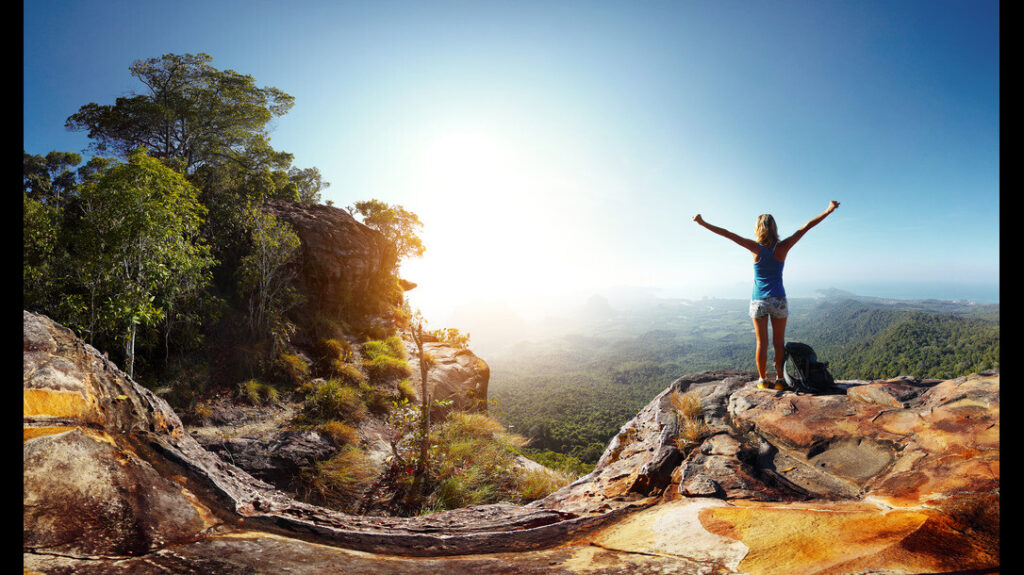
Nature is a great getaway from stress, your daily routine, and the hustle and bustle of urban living. Many times, a few-hour hike can do wonders to clear the cobwebs from your mind and allow you to regain your focus and confidence in life. However, a hike has its own set of problems. From meandering off the trail to encountering nature’s predatory residents, to being bitten alive by pests, a peaceful hike can turn into a real-life nightmare. There are solutions to all these dangers of solo hiking, though, and once prepared, your time out in nature will be beneficial and stress-free.
Preparing for the Dangers of Solo Hiking
Inform Friends and Family
One of the biggest mistakes made by both newbies and seasoned pros is not informing anyone of their quick trek into the woods. This can have life-threatening ramifications. People who don’t leave an itinerary of their hike usually fail to do so for one of two reasons.
First, they are experienced hikers and believe that they don’t need anyone to back them up because of their own vast experience. While it may be true that they hiked a certain trail numerous times, nature can always throw a curveball their way. Weather conditions can change, predatory animals may be on the hunt, or a misstep may send them down a dangerous embankment.
Second, a newbie may not even have thought to tell others their plans. This can be because of their inexperience, and this can ultimately cost them greatly.

Pack Accordingly
Not preparing properly can injure or kill you, even on a short, few-hour hike. Essentials such as a disposable poncho, a few snacks, enough water to stay hydrated, a lighter or other fire-making materials, and signaling devices if lost. Additionally, the ideal item to carry is a satellite phone or GPS signaler, so no matter how deep in nature you are, you can send a signal for help or rescue.
Don’t just throw items into a bag and go. Rather, take an intelligent approach and configure the best weight-to-gear ratio for your hike. On one hand, you want to stay lightweight with gear; on the other, you need to carry the essentials. Pre-planning is key to packing perfectly for your specific outing and avoiding one of the common dangers of solo hiking.

Stay in-Tuned
Hiking alone is not like traveling in a large group. You have one set of eyes instead of six or more sets. As such, you need to be in tune with everything that’s going on around you. Being careful where you step and staying on course on the trail is essential. Staying always wary of dangerous animals that may cross your path is entirely in your own hands. No one will be there to watch your back.
With that being said, you can’t be glued to your cellphone screen or listening loudly to music in your Bluetooth earphones. Any distractions could bring trouble your way, so the best thing you can do is disconnect and connect to nature itself.

Be Ready for Bites
Although you may be the only human on the trail for miles around, you’re definitely not alone in the woods. From the smallest insect to the largest bear or moose, your mood and physical well-being can all be affected by interacting with wildlife. Mosquitos can bite until your skin is a pimply, itchy mess. The continual scratching can increase irritability, which in turn can cause you to make rash decisions.
Mosquito head nets, wearing long-sleeved clothing, and using insect repellent can aid with biting bugs. This common occurrence in the outdoors is often overlooked as one of the dangers of solo hiking.

Beware the Big Ones
On a larger scale, being mauled by predatory animals is a very real possibility. Also, don’t ignore smaller mammals like raccoons and foxes. These aren’t cute or domesticated. They can bite and pass to you dangerous diseases like rabies. Bacterial infections can also occur from the animal’s bite. Bear mace, carrying a pointed walking stick, and avoiding the offspring of aggressive animals can help to keep you safe.
Let’s not forget about snakes. If you go out into nature, expect to encounter one. Thick, over-the-ankle-high boots can assist with low-attacking bites. Investing in snake gaiters is also wise if traveling through thick underbrush.

Know your Limits
One key takeaway when hiking alone is to know your limits. Don’t go beyond your comfortable hiking distance. Although you may feel you can take on the world, after a few hours, fatigue will set in. Also, if your trail doesn’t circle around, you have to hike that same distance back to your starting point.
The more you convince yourself to push forward, the greater risk you’ll have of not physically making it back. Also, climbing steep embankments, hopping on stones in a shallow river bed, and going off-trail through thick brush to save time are not the best choices to make when hiking alone. You risk getting injured with no one with you to help.
Even if you have done seemingly reckless things over the years, age isn’t forgiving. If you are past your peak, activities can become much more challenging.

The Numerous Benefits
Now, not everything is doom and gloom for the solo hiker. If you take all the necessary precautions, you can reap the numerous benefits nature has to offer. First, you are in control. You can set your itinerary, take as many rest stops as you like, and not have to worry about other people’s needs. After that, you can focus solely on nature and all its wonders on your terms.
Additionally, going alone into nature builds confidence and mental strength, and can help overcome fears of being alone. If done right, solo hiking can be highly rewarding for recharging both mind and body!




